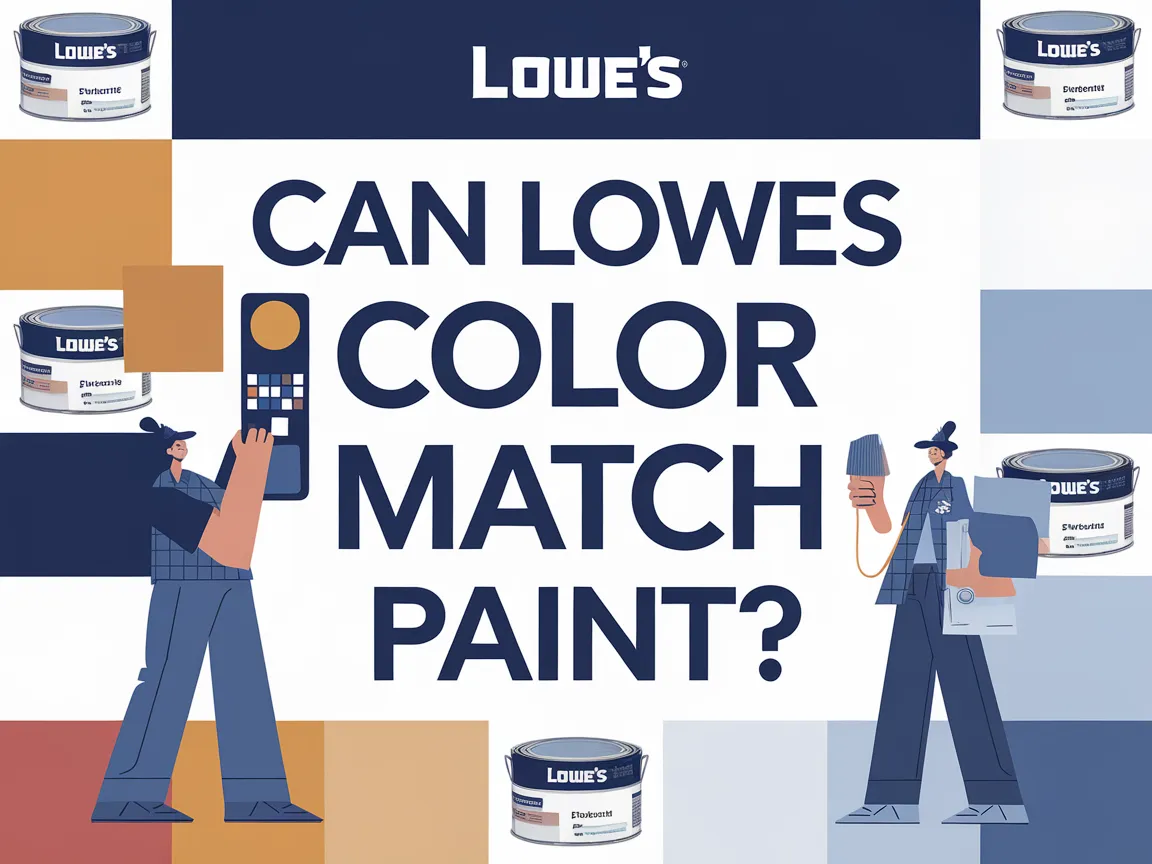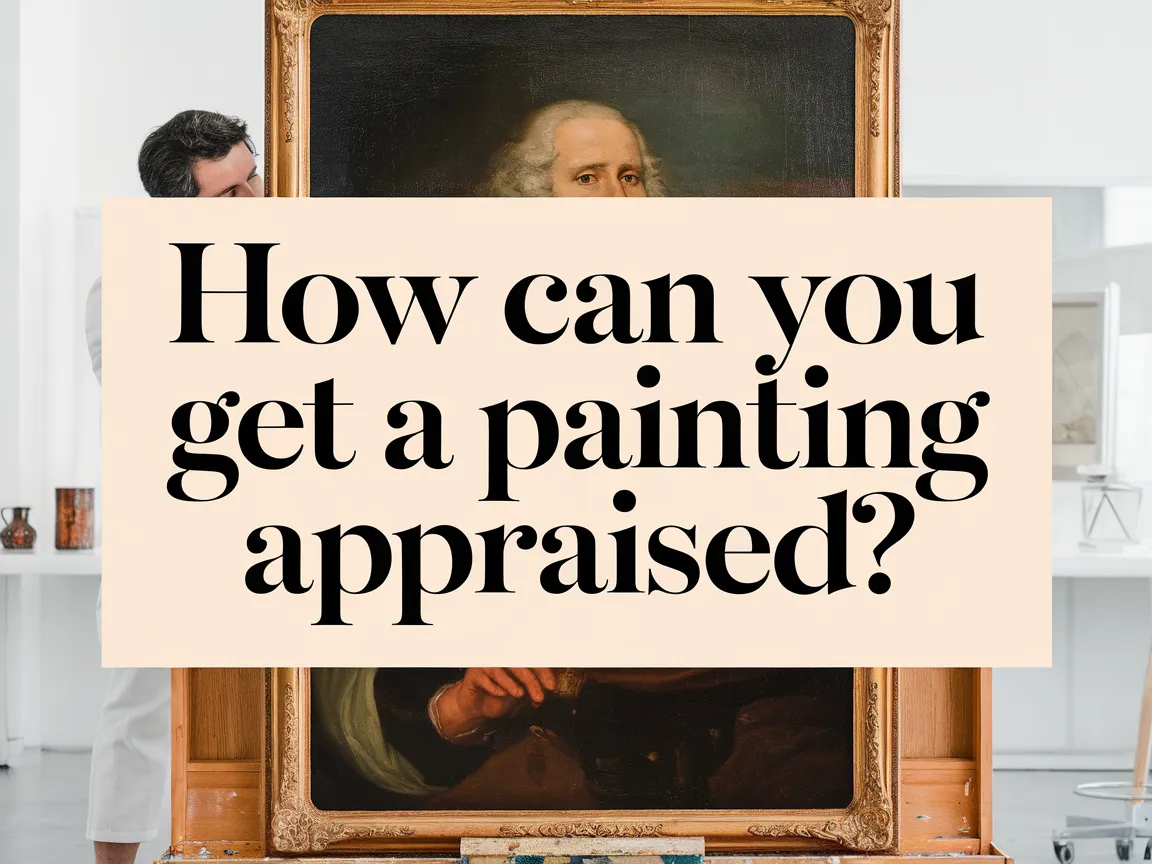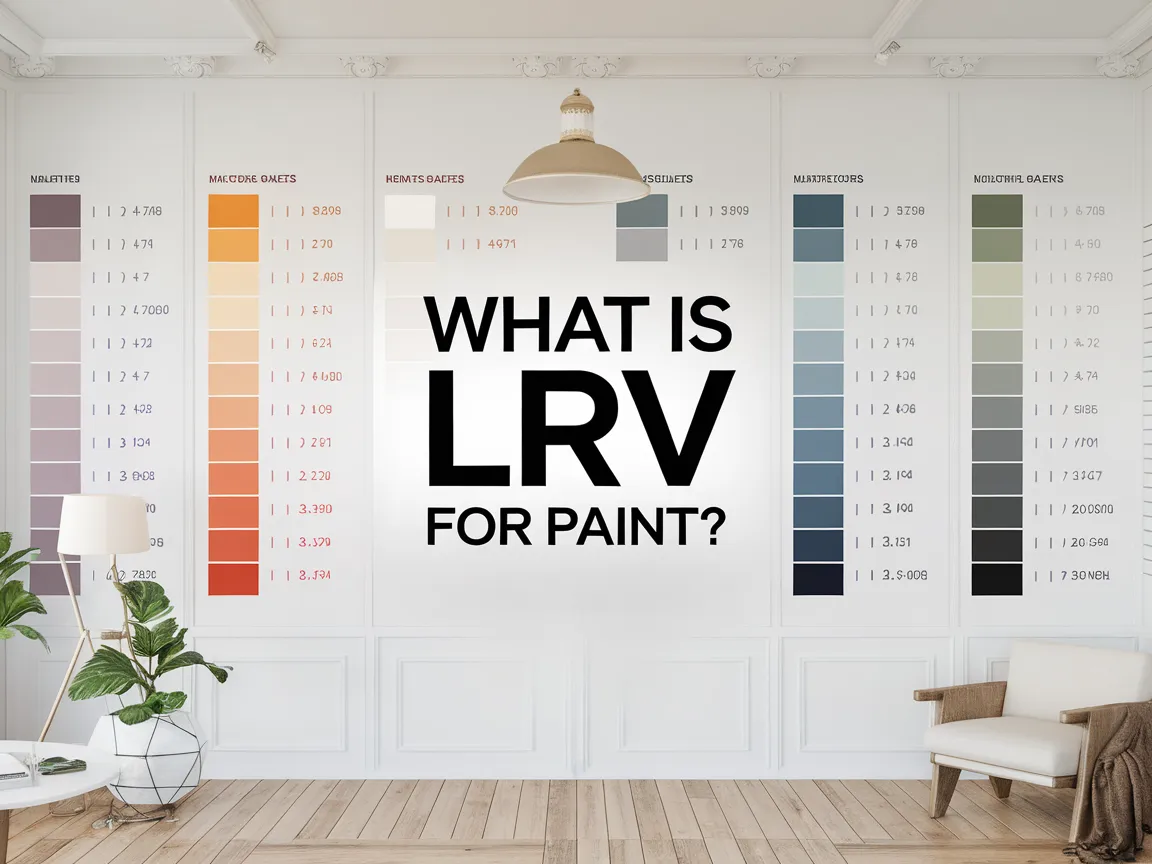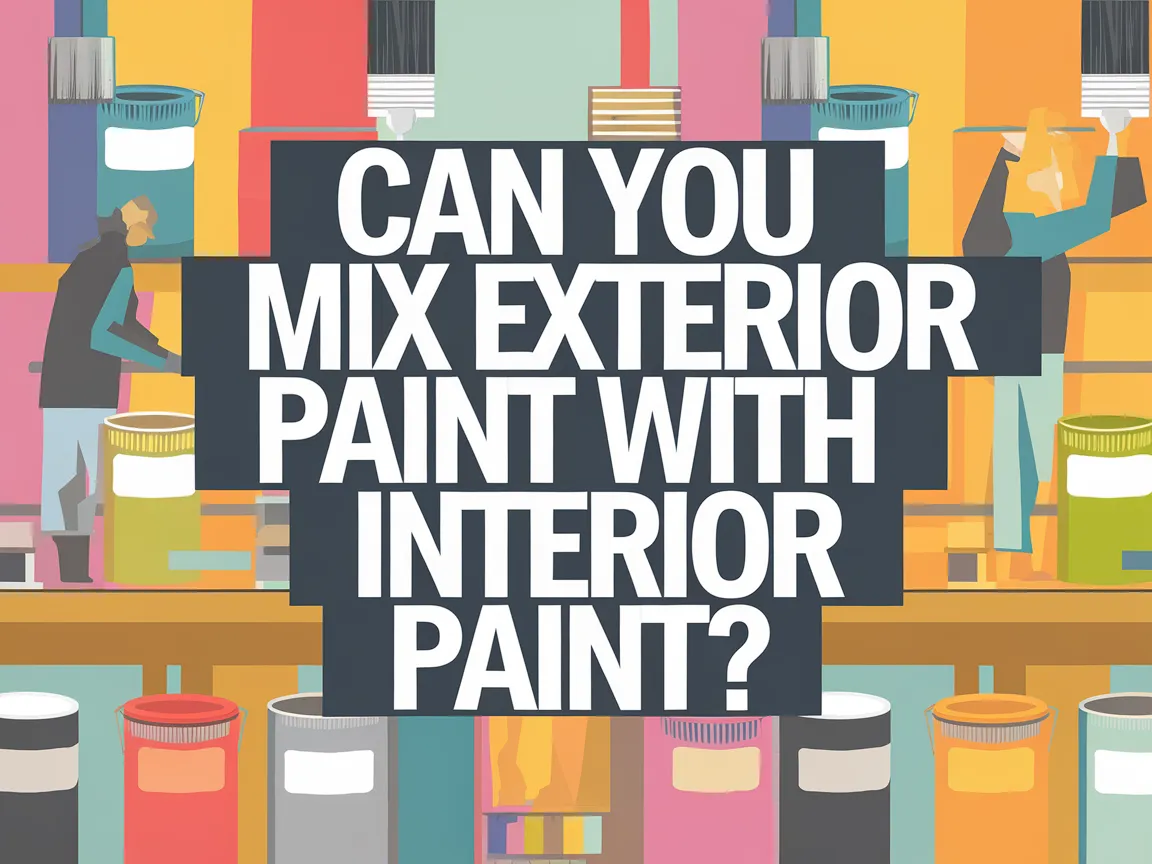How Do You Make Crackle Paint?
Published on: June 2, 2025 | Last Updated: January 7, 2025
Written By: Sarah McClintock
Crackle paint is a special kind of paint that looks like it’s all broken and cracked. Imagine a dried-up lake where the mud has split apart!
You might wonder how do you make crackle paint, and that’s super important to know. I once made a big mess trying to skip steps, so trust me, follow the process for the best results!
In this guide, you’ll learn about essential preparations, the steps to make your own crackle paint, recommended color palettes, types of techniques, and common issues. Get ready to explore how to make your projects come alive with a fun, creative twist using this unique painting method!
Contents
- 1 How Do You Make Crackle Paint?
- 2 What is Crackle Paint?
- 3 Before You Start: Essential Preparations
- 4 Steps to Create Your Own Crackle Paint
- 5 Types Of Crackle Paint Techniques
- 6 Factors Affecting the Crackle Effect
- 7 Common Issues When Making Crackle Paint
- 8 Finishing Touches for Your Crackle Project
- 9 How to Customize Your Crackle Paint Finish
- 10 How to Experiment with Textures in Crackle Paint
- 11 Understanding Different Crackle Finish Sizes
- 12 Creative Uses for Crackle Paint Beyond Walls
- 13 Frequently Asked Questions (FAQs)
- 14 Conclusion: Mastering the Art Of Crackle Paint
- 15 Additional Resources
How Do You Make Crackle Paint?
To make crackle paint, mix equal parts glue and paint. Apply it in thin layers. As it dries, you’ll see cracks form. Adjust the glue ratio for more or less crackle effect!
What is Crackle Paint?
Crackle paint is a unique finish that creates a textured, aged appearance on surfaces. It involves a two-step application process where a top layer dries faster than the underlying layer, causing it to crack. If you want to enhance this technique with vibrant colors, you can explore creating bright yellow paint effects.
You might wonder how to make crackle paint. In my experiments, mixing acrylic paints with an acrylic medium yielded the best results, creating lovely, even cracks!
Once, I used it for a vintage furniture project. The crackle finish transformed plain wooden chairs into charming rustic pieces. As I learned how to make crackle paint shine, layering colors made a significant difference in overall paint texturing techniques appeal! If you’re curious about exploring digital art techniques, animation in digital painting offers exciting creative possibilities.
Before You Start: Essential Preparations
What do you need to prepare for?
- Acrylic Glue: Choose a brand like Aleene’s Original Tacky Glue. It’s crucial for creating the crackle effect.
- Acrylic Paint: Select quality brands like Golden or Liquitex. This type of paint works best for achieving defined cracks.
- Disposable Mixing Palette: Use one like the Strathmore Palette. It’s needed for blending your glue and paint.
- Brushes: Get a good set like Princeton Velvetouch. Available in various sizes, they’re ideal for even paint application.
So far we covered essential preparations before starting. Let’s look at the steps to create your own crackle paint next.
Also See: Can You Lacquer Over Paint? Tips for a Perfect Finish
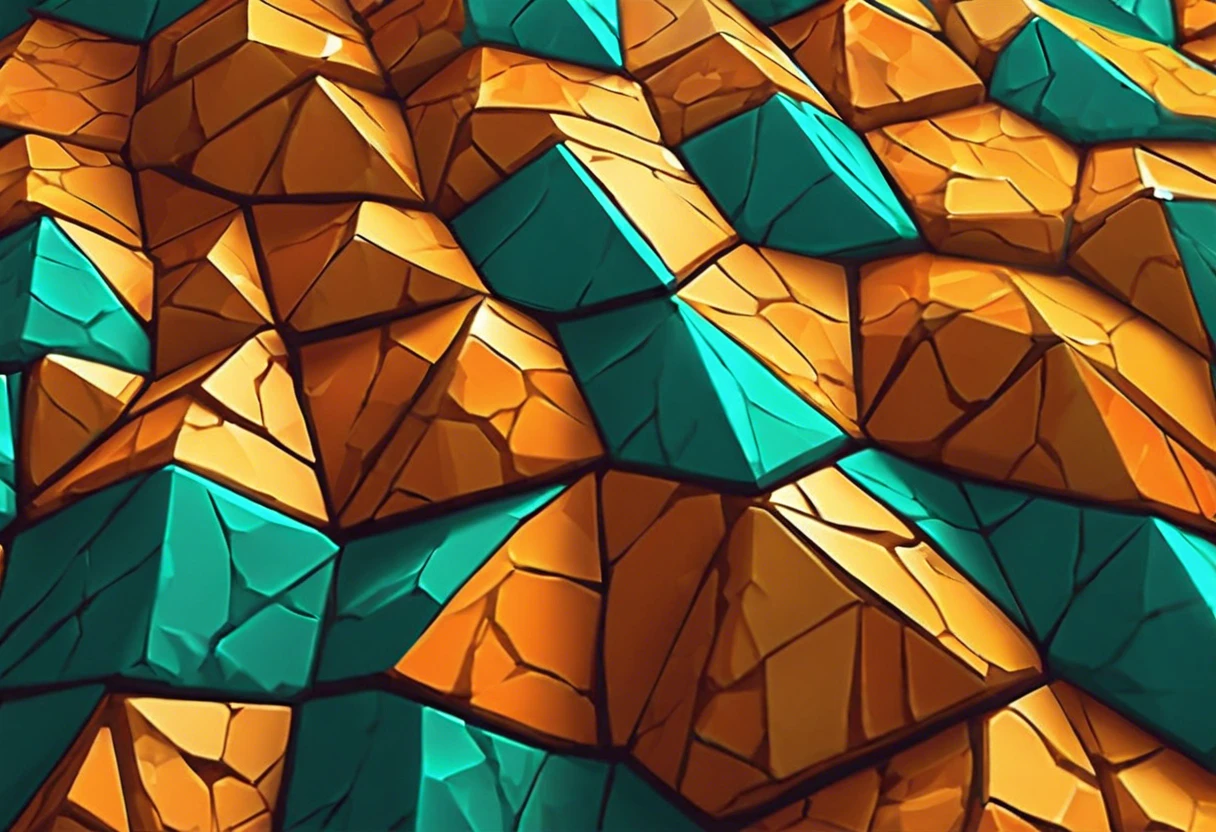
Steps to Create Your Own Crackle Paint
Now, let’s dive into the steps to create the fantastic crackle effect in your paint. Follow each step closely for a gorgeous finish!
-
Prepare Your Surface
Start by cleaning your surface thoroughly. Use a mild cleaner or a damp cloth to remove any dust or grease, and ensure it dries completely.
Smooth surfaces work best for crackle paint. If you’re using wood, sand it lightly to help the paint adhere and crackle nicely.
-
Apply Base Coat
Choose a solid base coat color, preferably a water-based acrylic paint. Apply an even layer about 1 mm thick to create a solid foundation.
Let the base coat dry for at least two hours. A hair dryer can speed up drying, but avoid holding it too close to prevent bubbling.
-
Use Crackle Medium
Next, apply your crackle medium with a brush or sponge. This typically comes in a thin layer, around 0.5 mm thick, for effective crackling.
Don’t overwork it—smooth strokes are key! If the medium bubbles, stop and let it settle for at least 10 minutes before moving on.
-
Apply Top Coat
Select a contrasting top coat color for striking results. This last layer should also be about 1 mm thick, smoothly applied over the crackle medium.
As this coat dries, you’ll see the crackles forming! Let it dry completely for several hours; overnight is ideal for the best effect.
-
Drying and Curing
Once your art has dried, allow it to cure for at least 48 hours before handling. Curing time is crucial for achieving optimal crackle consistency.
Keep your masterpiece in a well-ventilated room, ideally at 20°C (68°F). Avoid high humidity, as it can affect how beautifully your paint crackles.
So far we covered how to create your own crackle paint. Let’s look at the various types of crackle paint techniques next.
Types Of Crackle Paint Techniques
Let’s explore different types of crackle paint techniques: water-based, acrylic, oil-based, and powder crackle mediums.
-
Water-based Crackle
This method uses water-based crackle mediums for a smooth finish. It’s ideal for indoor use and works best on clean, painted surfaces.
-
Acrylic Crackle
Acrylic crackle creates a thick, textured look. Applying acrylic paint over crackle medium enhances the contrast with cracks as it dries.
-
Oil-based Crackle
Oil-based crackle offers a glossy finish and deep crack patterns. Using oil-based paint cures slowly, resulting in intricate designs that resist fading.
-
Powder Crackle Medium
Powder crackle products mix with water to create a flexible medium. Use it to achieve random cracks, ideal for vintage-style projects.
Based on my experience, I love using acrylic crackle. It’s versatile, and you can experiment with colors for unique effects. Plus, the texture adds character to my artwork!
We have now covered various crackle paint techniques. Next, we will discuss the factors that influence the crackle effect.
Factors Affecting the Crackle Effect
What factors influence the crackle finish you get with your paint?
-
Type of Base Coat: A thicker base coat creates larger, more defined cracks.
-
Drying Time: Quick drying can reduce the crackle effect, while slow drying enhances it.
-
Temperature: Warmer temperatures speed up crackling, offering a more intense finish.
-
Thickness of Top Coat: Thicker layers produce bigger cracks; thinner coats often yield finer ones.
We’ve wrapped up the factors influencing the crackle effect here. Let us turn our attention to common problems in creating crackle paint.
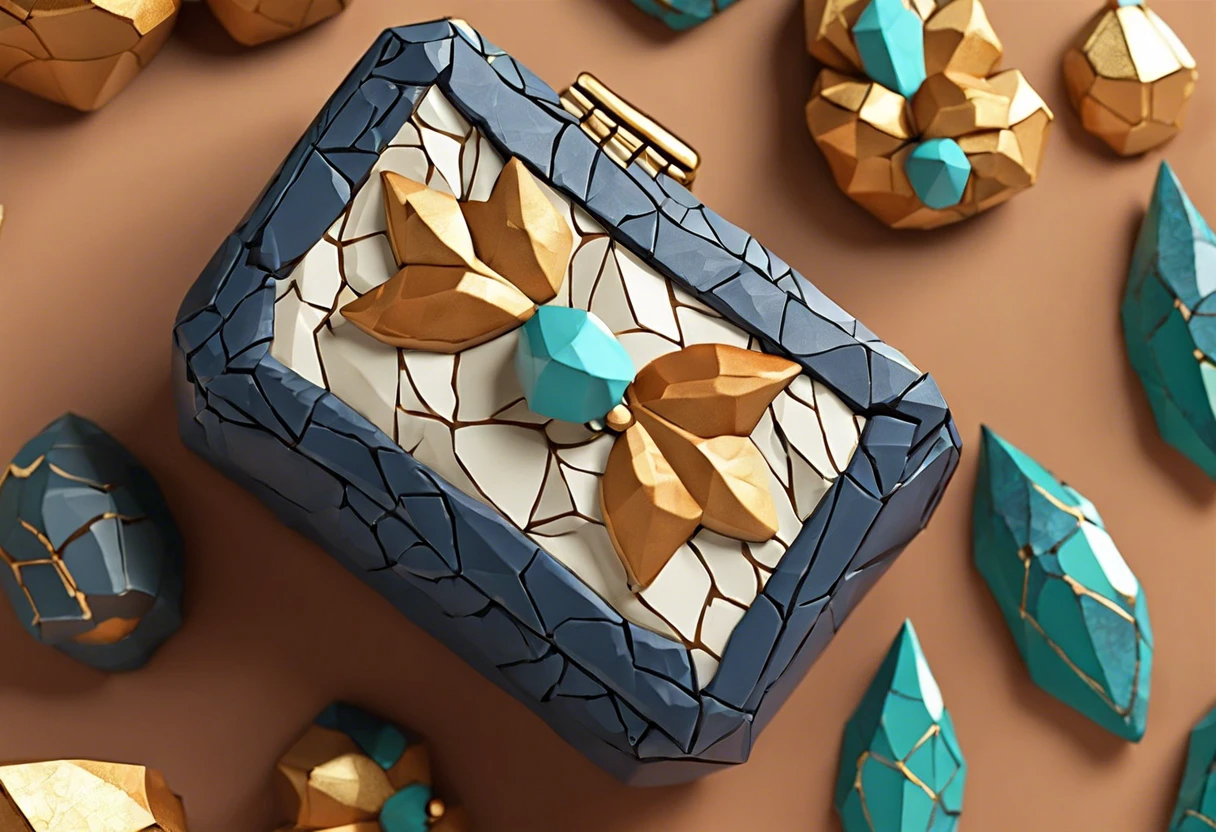
Common Issues When Making Crackle Paint
When my friend tried to make crackle paint, the cracks ended up too small. This happens if the base layer’s drying time is inconsistent—24 to 48 hours is ideal.
To fix this, ensure an even application of your crackle medium. Use a clean brush and apply layers of 0.5 mm to 1.0 mm. Experiment until you get the perfect cracks!
Finishing Touches for Your Crackle Project
After creating your cracks, let the paint cure for at least 48 to 72 hours. Keep the surface in a cool setting, around 20°C (68°F), for best results.
Inspect the cracks carefully for imperfections. Check at an angle to identify deep gaps; even a small 0.5 mm (0.02 In) flaw can affect the appearance.
A tip from experience: Add a thin layer of clear acrylic sealant, like Krylon Crystal Clear. It enhances shine and solidifies the crackle for durability—wait two hours before applying.
How to Customize Your Crackle Paint Finish
Want to make your crackle paint finish uniquely yours? Here are some exciting ways to customize it!
-
Mixing Textures
Combine crackle with other mediums for dramatic results. Try adding baking soda to your paint mix for a thicker finish. A mixture of 75% paint to 25% baking soda creates an interesting texture. When experimenting with paint additives, be cautious about potential chemical interactions that might compromise your paint’s protective qualities.
-
Using Stencils
Incorporate stencils into your design. Apply the crackle effect over the stencil for an eye-popping look! Use a light coat to avoid filling in details.
-
Layering Techniques
Experiment with different crackle techniques together. For example, create a base with acrylic crackle, then overlay it with a water-based crackle for a multidimensional effect.
How to Experiment with Textures in Crackle Paint
Want to elevate your crackle paint experience? Try mixing it with other materials for unique textures!
-
Adding Sand for Gritty Texture
Mix fine sand with your base coat. It creates an uneven surface, producing interesting crackle patterns. Use about 10% sand to 90% paint.
-
Using Fabric for Softness
Glue down strips of fabric before applying your crackle paint. This can soften the finish and add depth.
-
Incorporating Paper for Vintage Effects
Add layers of tissue or vintage paper to create a rich, textured background. Let the paper dry completely before applying crackle paint. The results can be stunning!
Understanding Different Crackle Finish Sizes
The size of your crackle finish can dramatically change the feel of your project. Here’s how to control it!
| Technique | Effect Size | Drying Time |
|---|---|---|
| Thin Top Coat | Fine Cracks | 1-2 hours |
| Thick Top Coat | Large Cracks | 3-4 hours |
| Mixing Sprays | Varied Size | 1-3 hours |
Creative Uses for Crackle Paint Beyond Walls
Crackle paint isn’t just for walls! You can use it creatively in various ways.
-
Furniture Revamp
Transform old furniture with a crackle finish. It’s a quick facelift for cabinets and tables!
-
Decorative Boxes
Use crackle paint on wooden boxes for a rustic, shabby-chic vibe.
-
Design Your Own Lampshade
Try crackle on a lampshade for added style. The light shining through the cracks can create magic!
Frequently Asked Questions (FAQs)
What is the Best Paint to Use for Crackle Finish?
Yes, the best paint to use for a crackle finish is acrylic paint. Acrylics dry fast, which promotes that desired crackling effect as paints shrink when they dry.
How Long Does Crackle Paint Take to Dry?
Yes, crackle paint generally takes about 1 to 4 hours to dry, depending on environmental conditions. Factors like humidity and air circulation can either accelerate or slow this process, so keep an eye on it. If you’re curious about unique paint techniques that challenge traditional color perceptions, paint color mysteries intrigue artists.
Can You Use Spray Paint to Create Crackle Effect?
Yes, you can use spray paint to create a crackle effect. It simplifies application, but make sure to apply even coats for best results—thin layers work better when creating cracks.
What Surfaces Work Best With Crackle Paint?
Yes, many surfaces work well with crackle paint, but wood and canvas are top choices. Their textures absorb paint differently, leading to effective and enticing crackle effects.
How Can I Fix Cracks That Are Too Large?
Yes, you can fix cracks that are too large by using fining putty or spackle. After filling in gaps, touch up the paint to match surrounding areas for a seamless finish.
What is the Ideal Temperature for Applying Crackle Paint?
Yes, applying crackle paint at an ideal temperature of 18-24°C (65-75°F) promotes optimal drying. Extreme temperatures can alter the crackling effect—too hot or too cold can hinder results.
Can You Layer Different Colors for a Crackle Effect?
Yes, layering different colors can add depth to the crackle effect. Apply a base color and let it dry before adding the crackling paint for stunning, multi-tone results.
How Do You Seal Crackle Paint?
Yes, you seal crackle paint with a clear acrylic sealer. This protects the finish and prevents wear while keeping the crackle appearance vivid and bright.
Conclusion: Mastering the Art Of Crackle Paint
Thank you for following along! We’ve explored key painting techniques and tips, from understanding crackle paint and its preparation to the steps for creating stunning effects, recommended color palettes, various techniques, potential challenges, finishing touches, and inspiring DIY projects.
To create crackle paint, simply layer a base coat, add a crackle medium, and finish with a topcoat to reveal beautiful cracks. If you have any questions about techniques or color choices, feel free to reach out!
If you’ve enjoyed this guide, consider exploring more resources; discover additional insights and inspiration at Paint Answers.
Additional Resources
- Gurney, J. (2009). Color and Light: A Guide for the Realist Painter. Kansas City, MO: Andrews McMeel Publishing.
- How You Can Make Paint Crackle With Glue – Daily Dose of DIY
- How to Crackle Paint – Step By Step Guide By RMP

